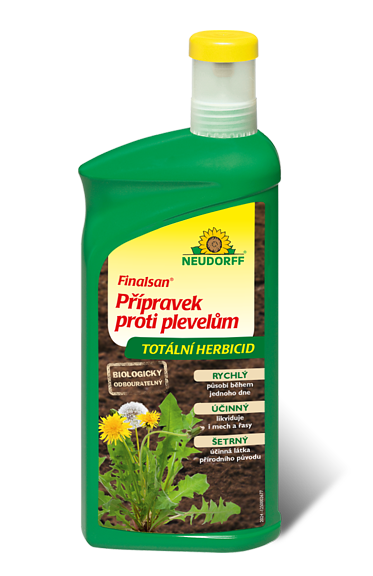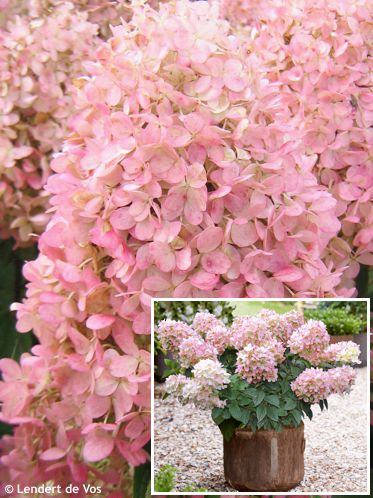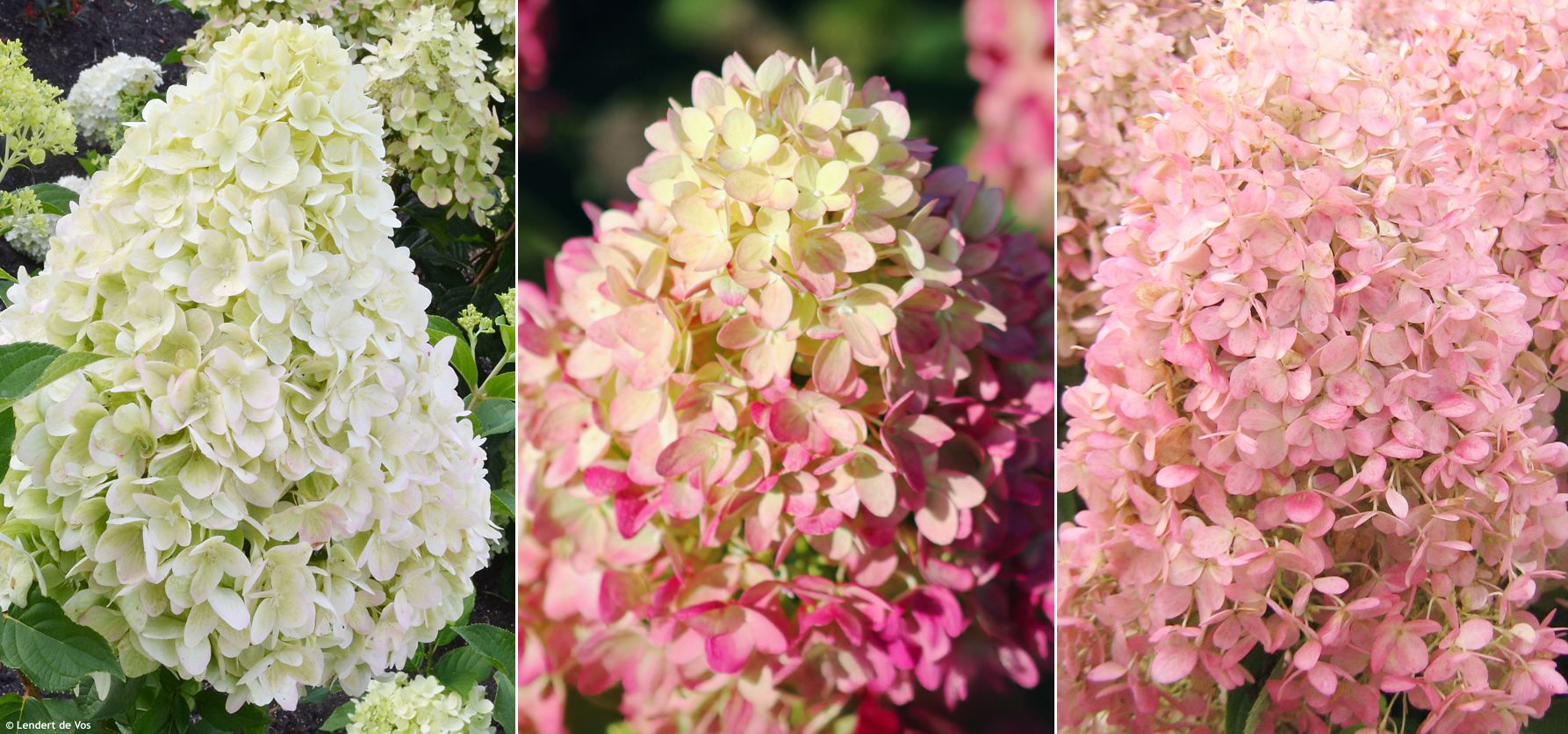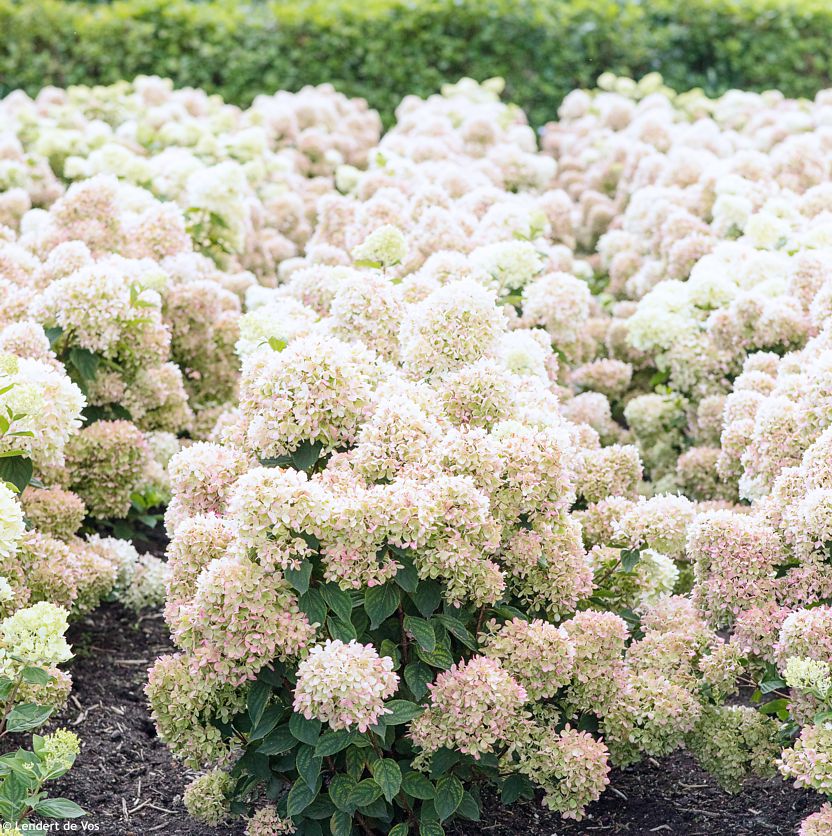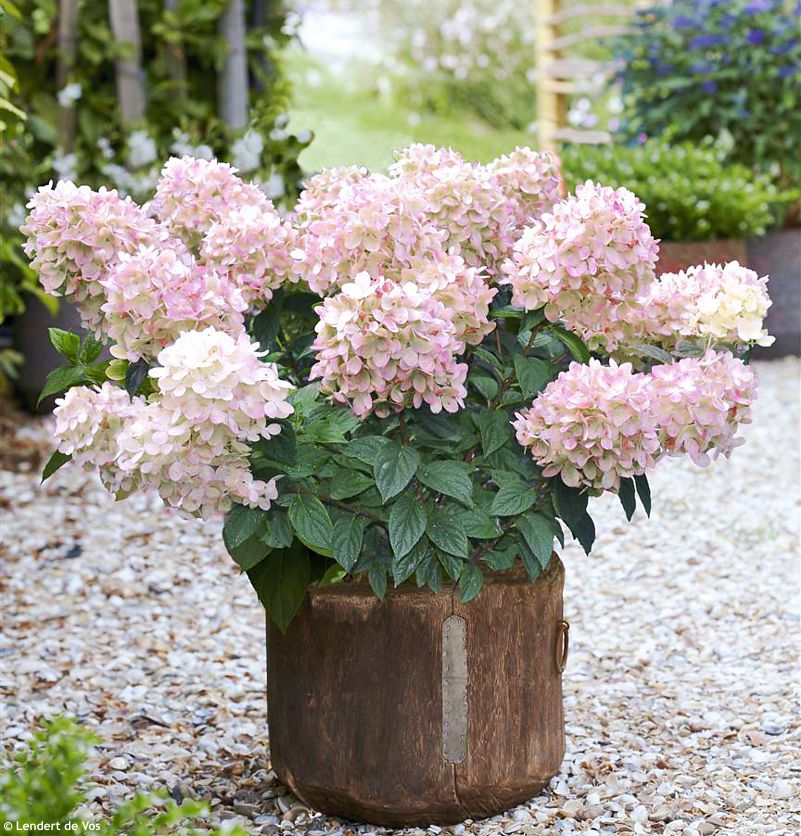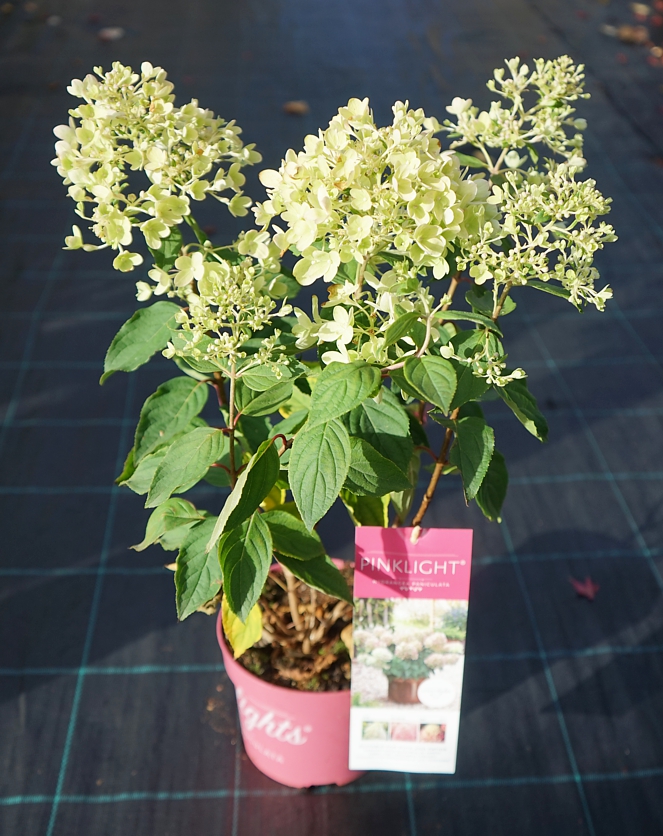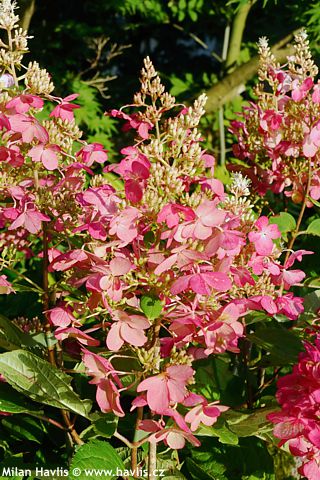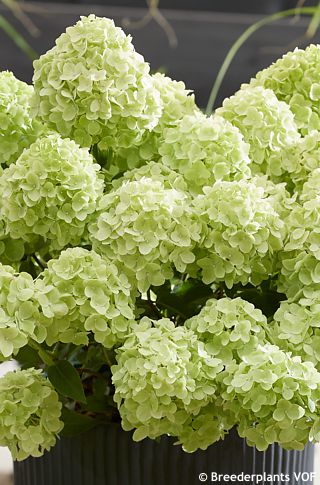Hydrangea paniculata 'HYLV17520' PINKLIGHT® panicle hydrangea
Hydrangea
The panicle hydrangea (Hydrangea paniculata) is a deciduous shrub or small tree native to East Asia, naturally occurring in the mountain forests and valleys of China, Korea, Japan, and Russia’s Sakhalin Island. It is distinguished by its strikingly conical panicles composed of small fertile and showy sterile florets, which shift in color over the season from white through pink to wine-red, and by its high tolerance for full sun. The species was botanically described in 1829 by the German physician and botanist Philipp Franz von Siebold (1796–1866), who encountered it during his work in Japan. It reached Europe through botanical collections and expeditions of the 19th century, with the first cultivars such as ‘Grandiflora’ and ‘Floribunda’ spreading in gardens only toward the end of that century.
A milestone in the breeding of Hydrangea paniculata came with the expedition of American dendrologist Charles Sprague Sargent to Japan in 1892. He brought back seeds from which, in the following years, the cultivar ‘Praecox’ was raised—the first documented variety with early flowering. Its beauty was already praised in 1897 in the journal Garden and Forest, and when the plant became established in cultivation, Sargent himself called it in 1922 one of the most beautiful shrubs in the Arnold Arboretum. The original specimen still grows there today as a living botanical monument more than a century old.
PINKLIGHT® is a compact panicle hydrangea that, from early July, produces abundant panicles about 12–14 cm tall and wide. They first open in a soft lime‑cream shade, gradually deepen into rich pink as summer progresses, and by autumn their color intensifies even further. The shrub thus acts like a shifting color reflector, bringing both delicacy and energy into the garden. The leaves are deep green and deciduous, while the sturdy, upright branches hold the panicles firmly without support. A mature plant reaches around one meter in height, making it ideal even for smaller gardens or container plantings.
This cultivar is part of the Gardenlights® series, which is introduced and marketed through Nick van Rosmalen’s company BREEDIT, supporting breeders with licensing and distribution. The actual breeder of PINKLIGHT® is Dutch nurseryman Lendert de Vos of Kwekerij Lendert de Vos in Reeuwijk. He selected this compact panicle hydrangea for its strong upright habit and distinctive color shift from creamy lime to deep pink. PINKLIGHT® quickly became the pink counterpart to WHITELIGHT®, and together they form the foundation of the Gardenlights® collection. U.S. Plant Patent PP36305 was officially granted in 2022.
You can give PINKLIGHT® a place of honour in the garden as a small specimen shrub and enjoy its changing beauty all summer long. But you may find even more delight in surrounding it with other plants – whether for their colours or simply to make the border feel fuller and more alive. Try pairing it with tall yellow yarrow, blue delphiniums, purple salvias, white daisies, or bright pink lychnis. Before all of these come into bloom, geums can light up the front of the bed with cheerful colours from spring into early summer. If you prefer a calmer composition, set PINKLIGHT® alongside grasses such as pennisetum, or small evergreen shrubs like Sofia cherry laurel or thornfree hollies IMPALA or Ilex glabra. They are not showy on their own, but that is exactly why they allow the pink panicles of PINKLIGHT® to shine all the more brightly.
Panicle hydrangeas grow best in full sun, though they also tolerate partial shade and even shade, where they flower somewhat later. They are not overly demanding in soil type, but in fertile, well-drained ground they are at their finest. Once established, they cope well with summer drought, though they remain healthier in evenly moist soil. They respond very well to fertilization, producing larger flowers and stronger growth. They tolerate any exposure and a wide range of soil pH. Each spring before bud break, the shrub should be pruned back by about two-thirds, leaving a sturdy framework of several strong shoots. From these, new vigorous stems will grow, carrying large panicles—the plant flowers on new wood. Hardy to at least –34 °C (USDA zone 4), it is also suitable for outdoor containers.
Last update 16-10-2025
Goods are shipped all over Europe. For Russia and U.K. and for further details please read about SHIPPING OPTIONS HERE.
Are you interested in a serious discount for orders NOV-FEB? Check your options here.
THE PRICES INCLUDE VAT of 15%. For quick conversion you can use 1 CZK = approx. 0.04 EUR
- STANDARD QUALITY - Plants of this group are 1st class quality with number of branches and overall density adequate to their size and age, considering they were container grown.
- DE LUXE QUALITY - This label guarantees a luxurious quality of manually selected plants that, compared to their height and age, are exceptionally dense and beautiful.
- EXTRA - These plants are usually mature and bigger specimens with exceptional overall appearance.
- STANDARD (as described in the plant form) means a tree with a trunk of 190-210 cm and a crown at the top, unless specified differently. The commercial size for trees is their girth measured in the height of 1m from ground.
- HOBBY - These plants are of the same quality as our standard-quality plants but younger and therefore cheaper.
- SHRUB - a woody plant with branches growing bushy from the ground level.
- HALF-STANDARD or MINI-STANDARD - a small tree with shorter trunk, its size is usually specified.
- FEATHERED - These are trees with branches growing already from the base of the trunk and up along the stem.
- GRASSES and PERENNIALS - Sizes given usually read the diameter of the pot or the clump, as specified.






























